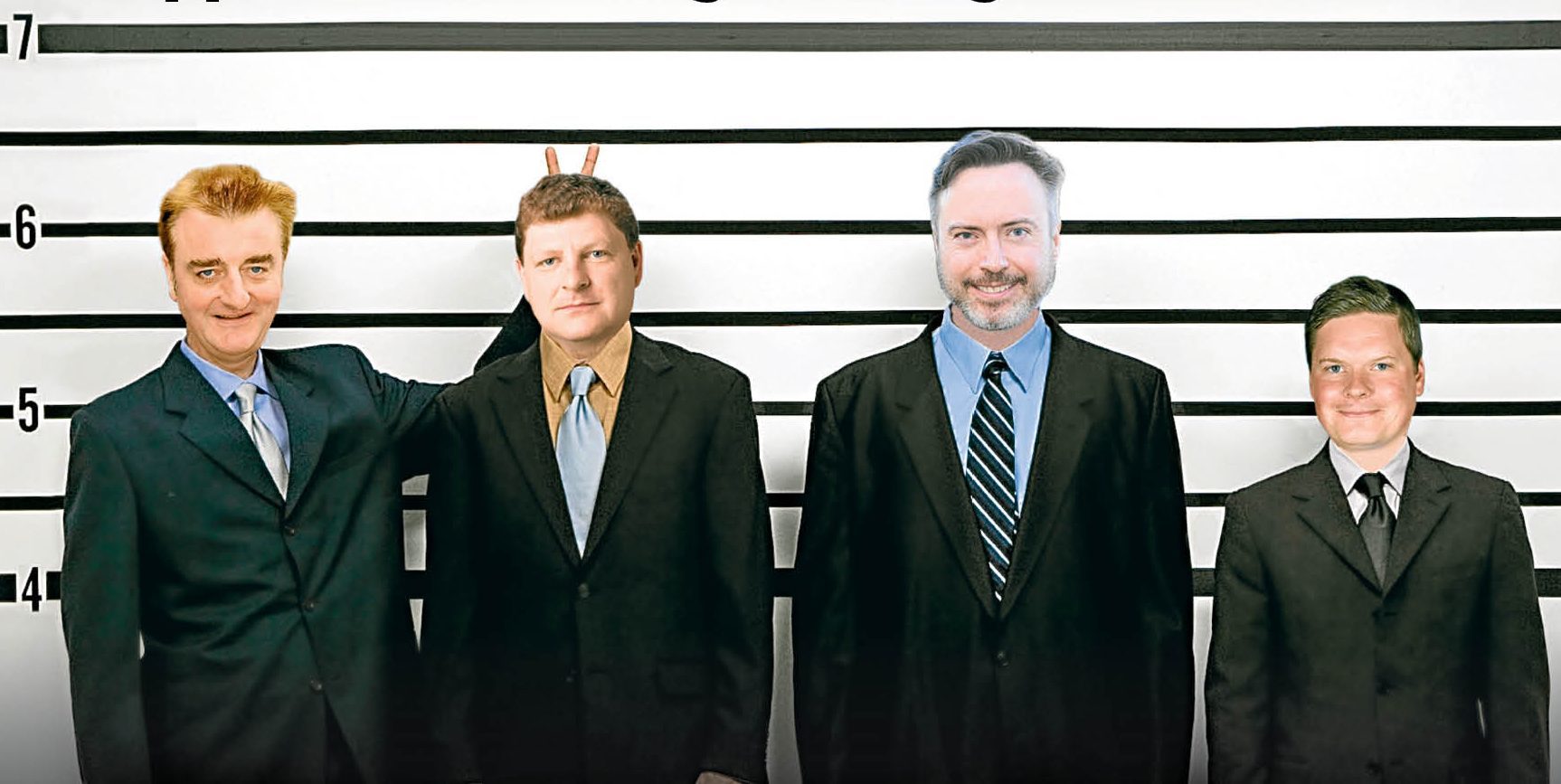
IT’S the phenomenon that has dominated the political landscape in recent times.
Anti-establishmentarianism.
Manifest in the rise of populist parties across Europe, it was clearly a key factor in the EU referendum.
Jeremy Corbyn’s ascendancy and, of course, the US election campaign are also good examples.
Amid all of the summer’s political turmoil, the SNP deputy leadership race to replace Stewart Hosie has to some degree gone unnoticed.
But it is likely to make waves this week, especially if the party too falls victim to the anti-establishment sentiment sweeping the globe.
Angus Robertson remains the frontrunner of the four candidates, the others being Inverclyde councillor Chris McEleny, MEP Alyn Smith and MP Tommy Sheppard.
The latter should not be written off, however.
To many, Robertson – the party’s experienced Westminster leader – is the obvious choice, a safe pair of hands.
He has shone at Prime Minister’s Questions and has risen capably to the challenge of managing the increased cohort of SNP MPs.
Moreover, he is in tune with Nicola Sturgeon’s gradualist approach to independence.
But the Moray MP’s time served could work against him. He is the establishment choice.
In contrast, former Labour politician Sheppard has set himself up as the radical option.
Like thousands of the SNP’s new – increasingly impatient – members, he joined in 2014 after the independence referendum and his calls for the resurrection of a Yes campaign will have resonated with them.
He also advocates shaking up the party’s structures to better reflect the membership’s needs and enable them to get more involved.
As with Labour, these newer recruits – membership has soared in the last two years – could sway Thursday’s result. Its outcome will be significant in shaping the SNP’s direction of travel, particularly its approach to the independence question.
Overall, the First Minister has sought to play the long game, albeit with a couple of notable exceptions.
After the EU referendum, she described a second vote on independence as “highly likely”, although subsequently seemed to backtrack.
Then over the second anniversary weekend, she wrote about independence “transcending” a host of important things, even national wealth.
For a moment it looked like she might be going down the Ukip road of trumpeting the emotional arguments over the economic ones – a strategy that worked for Vote Leave.
But this can probably be dismissed as throwing “red meat” – as former chancellor Alistair Darling put it – to the diehards on their annual would-be independence day.
Broadly speaking, she has stayed true to the “softly, softly, catchee monkey” approach.
A win for Robertson – who has stressed the need for the party to be outward-focusing and persuade those who voted No – would help Sturgeon stay on this track.
A victory for Sheppard, on the other hand, would make that job much harder.
He wants a referendum sooner rather than later and would not be shy about coming forwards if he secures the number two post.
A rush to Indyref II would be a high-risk strategy for the party – Sturgeon does not want another vote before she knows she can win it.
Let’s be honest, a second failed attempt would really hammer the nails into the coffin, stagnating the cause, perhaps truly – as Alex Salmond indicated in 2014 – for a generation.
Additionally, there’s the dimension of a possible pact with Labour.
Over the summer, Corbyn ally Dave Anderson said his party “may well” have to consider some sort of arrangement with the SNP in order to form a government at Westminster.
The comments angered Scottish Labour and the newly re-elected UK leader has subsequently talked down the idea.
But a poll this week found one in three Labour voters in Scotland favour a deal if it keeps the Conservatives out of power.
So a win for Sheppard – whose historical ties with Labour are well-documented – would fuel speculation once again.
READ MORE
Lindsay Razaq: As the sharks circle, will the PM sink or swim?
Lindsay Razaq: Gaping battle wounds must be healed after Jeremy Corbyn’s Labour leadership win

Enjoy the convenience of having The Sunday Post delivered as a digital ePaper straight to your smartphone, tablet or computer.
Subscribe for only £5.49 a month and enjoy all the benefits of the printed paper as a digital replica.
Subscribe